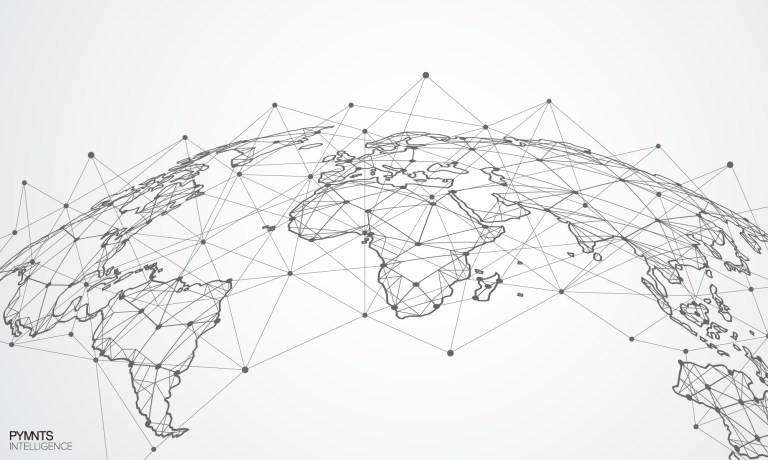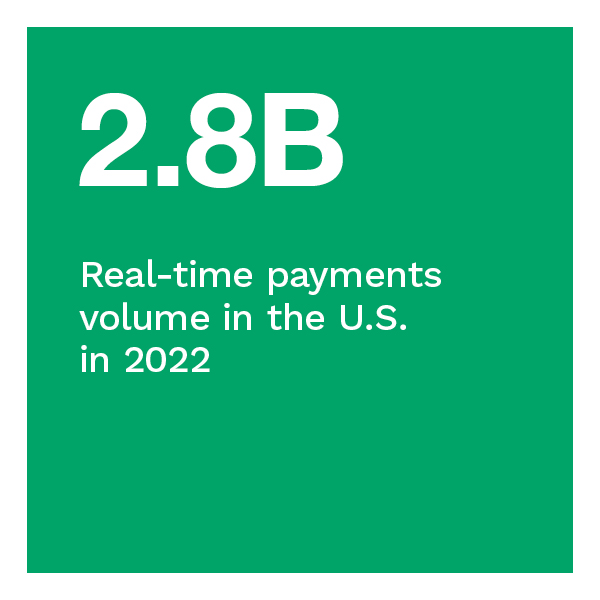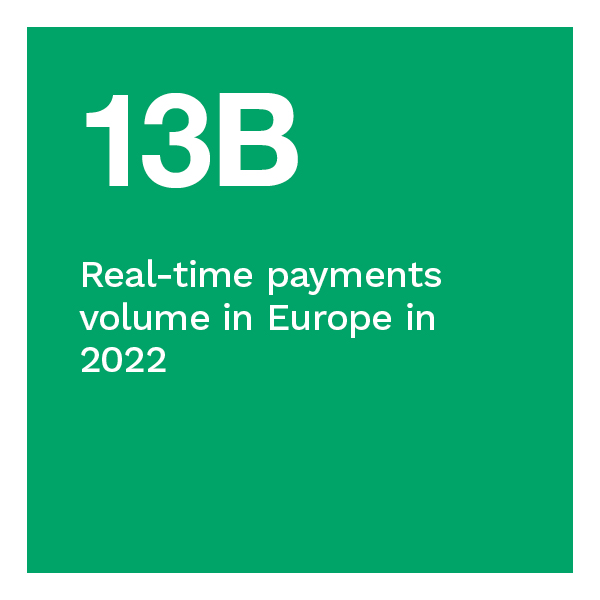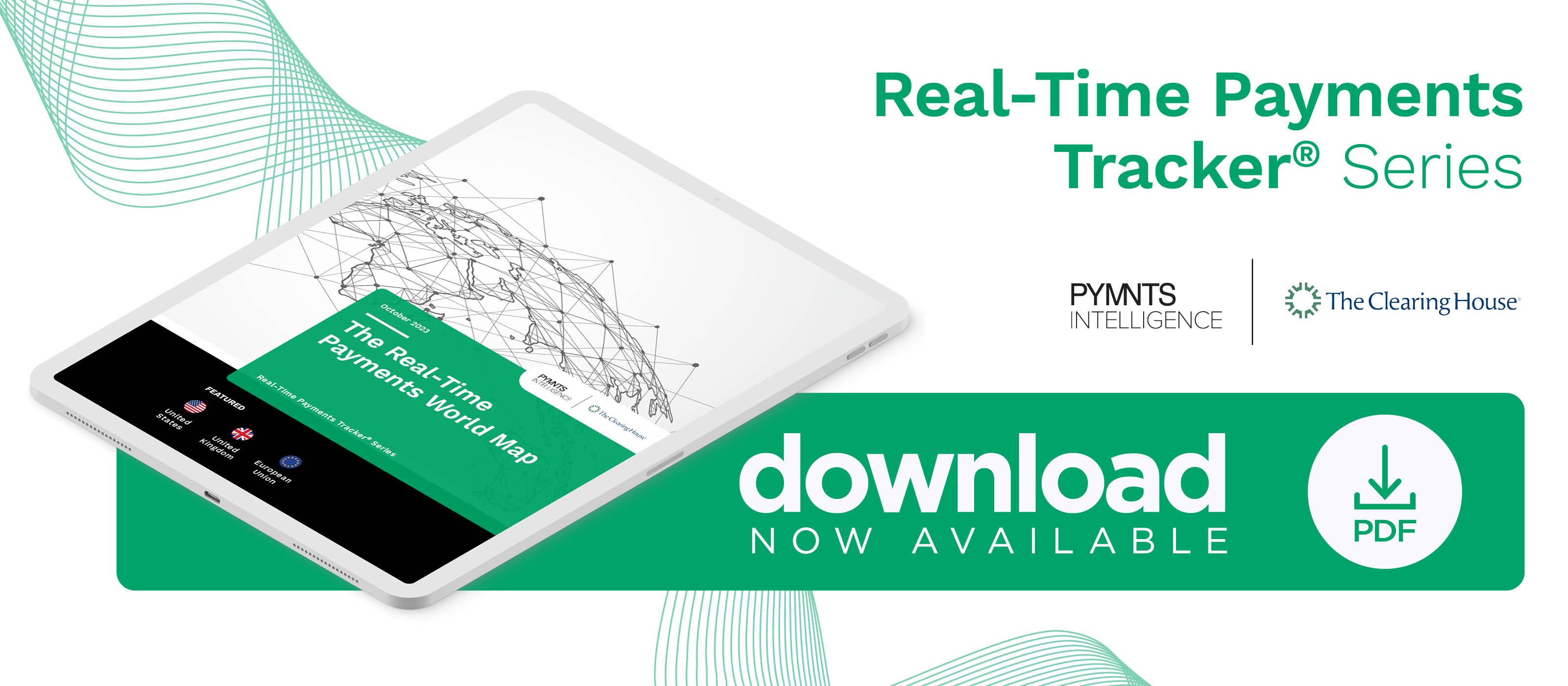Handicapping the US, UK and Europe Real-Time Payments Race

Real-time payments have revolutionized the global financial landscape, fostering greater efficiency, convenience and inclusion. Countries worldwide are embracing real-time payment systems to meet the growing demand for instant transactions. Real-time payments offer advantages such as reduced fraud, 24/7 accessibility and faster settlements for businesses and consumers.
Despite widespread adoption, challenges persist, including interoperability concerns and cybersecurity risks, necessitating ongoing innovation and collaboration among financial institutions, regulators and technology firms to shape the future of global real-time payments.
The United States has fallen behind most of the industrialized world in adopting real-time payments, largely due to the absence of unifying governmental efforts to establish such a system — until recently. The nation’s first big step into the real-time payments scene came in 2017, when The Clearing House launched the RTP® network.
The United Kingdom entered the real-time payments scene by introducing the Faster Payments Service (FPS) in 2008, which aimed to reduce bank transfers from the usual three business days to just a few seconds. The U.K. is modernizing its payments infrastructure with a new ISO 20022-compliant architecture in the New Payment Architecture (NPA) scheme. ISO 20022 compliance allows for far easier interoperability between different payment systems.
 While many European countries have developed their own domestic real-time payment schemes, the continent’s first multinational real-time effort began in 2017 with the launch of the Single Euro Payments Area (SEPA) Instant Credit Transfer scheme. Meanwhile, the European Commission has been exploring ways to make instant payments more widespread across the continent, proposing a single application programming interface (API) standard to allow easier access for third-party payment providers to implement real-time payments for customers.
While many European countries have developed their own domestic real-time payment schemes, the continent’s first multinational real-time effort began in 2017 with the launch of the Single Euro Payments Area (SEPA) Instant Credit Transfer scheme. Meanwhile, the European Commission has been exploring ways to make instant payments more widespread across the continent, proposing a single application programming interface (API) standard to allow easier access for third-party payment providers to implement real-time payments for customers.
As the digital economy grows, real-time payment systems facilitate more and more daily transactions, connecting people and businesses around the world. The “Real-Time Payments World Map,” a collaboration with The Clearing House, examines the state of real-time payments worldwide in current and projected real-time payments volume.
